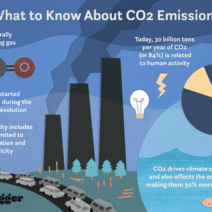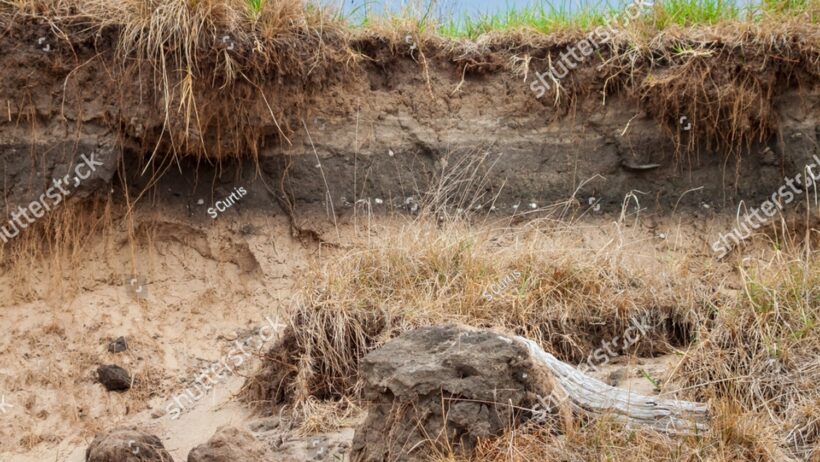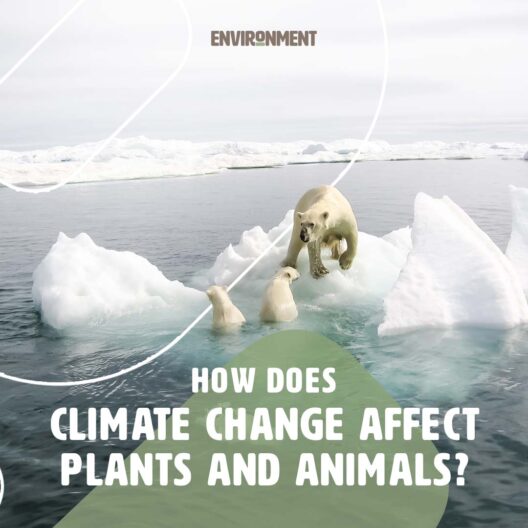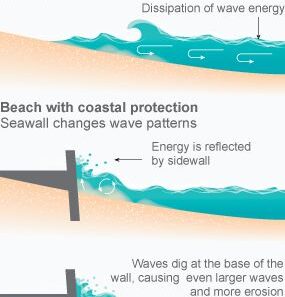Rising sea levels are an urgent issue that intertwines with climate change, threatening coastlines and ecosystems around the globe. As glaciers melt and ocean waters expand, countless countries face profound challenges. Understanding which regions are most susceptible to these changes is essential for grasping the magnitude of this crisis. In doing so, we can appreciate not only the ecological implications but also the socio-economic disruptions that ensue.
When examining the nations that are grappling with rising sea levels, it’s crucial to highlight some of the most vulnerable countries. These countries are often characterized by low-lying coastal areas where even a small increase in water levels can lead to significant consequences. Among them, countries such as Bangladesh, the Maldives, and the Netherlands serve as poignant examples.
Bangladesh, with its expansive river delta system, faces dire circumstances. Over 160 million people live in a nation where about one-third of the territory is less than five meters above sea level. Climate scientists predict that by 2050, rising waters could displace millions, as monsoon floods and cyclones exacerbate coastal erosion. The beauty of Bangladesh’s lush landscapes and vibrant culture is marred by the looming threat of inundation. Efforts to adapt include building embankments and restoring mangroves, but the pace of change may soon outstrip these initiatives.
Located in the Indian Ocean, the Maldives represents another striking case. This picturesque nation, comprising 1,192 coral islands, registers an average elevation of just 1.5 meters above sea level. Encompassing a cradle of biodiversity, the Maldives is renowned for its breathtaking underwater beauty and thriving tourism industry. However, scientists have warned that if sea levels continue to rise at their current pace, these islands could become uninhabitable within decades. The aesthetic allure of its sandy beaches and turquoise waters belies a looming existential crisis.
The Netherlands stands as a testament to both the vulnerability and resilience of man-made landscapes. With about a quarter of its territory below sea level, the Dutch have long been accustomed to living with water. Ingenious engineering solutions like dikes and storm surge barriers have safeguarded the lowlands. Nevertheless, climate projections indicate that the threat of flooding will escalate, compelling the Dutch government to invest significantly in adaptive infrastructure. The stark contrast of vibrant tulip fields and windmills against the threat of encroaching waters symbolizes a constant struggle against nature’s power.
Beyond these nations, numerous others grapple with the repercussions of climate-induced sea-level rise. Island nations in the Pacific, such as Tuvalu and Kiribati, are slowly disappearing. Their inhabitants are not merely losing land; they face the erasure of their culture and history. The picturesque vistas typically associated with paradise take on a somber tone as communities contemplate relocation under the direst of economic and environmental pressures.
Furthermore, the United States is not exempt from these rising tides. Coastal cities like New Orleans and Miami are experiencing increased flooding due to both sea-level rise and land subsidence. These locales, once symbols of cultural and economic vibrancy, are grappling with the dual threats of natural beauty and vulnerability. The echo of waves crashing against levees serves as a reminder of an uncertain future.
When examining the broader impact of rising sea levels, the economic ramifications emerge as a pressing concern. Coastal cities serve as bustling economic hubs, housing a range of industries from tourism to shipping. As sea levels rise, property values in vulnerable regions plummet, leading to substantial financial losses. Insurance markets are strained, and government spending on disaster relief escalates. The irony of coastal communities raised on the bounty of the ocean now facing extinction is palpable.
In addition to the structural and economic challenges, rising sea levels impose sociopolitical stress. Climate refugees are becoming a reality, as populations are forced to migrate from their ancestral lands. The struggle for resources, livelihood, and safety complicates geopolitical situations. Nations that are unprepared to receive these displaced populations may face social unrest and economic challenges. As climate impacts become more pronounced, calls for global cooperation and innovative solutions will become increasingly urgent.
As we contemplate the future, examining the diverse implications of rising sea levels must go beyond mere statistics. It is essential to emulate the beauty and complexity of affected regions, which possess unique cultures and histories that risk being submerged. The intertwining of natural aesthetics with human livelihoods speaks volumes about our relationship with the environment.
Ultimately, addressing the burgeoning crisis of rising sea levels requires a multi-faceted approach that includes mitigation, adaptation, and global cooperation. Preservation of the people, cultures, and ecosystems of affected regions is a challenge that cannot be taken lightly. The stories of those affected are a rallying call for action, urging us to protect our planet and build a resilient future against the march of the tides.







